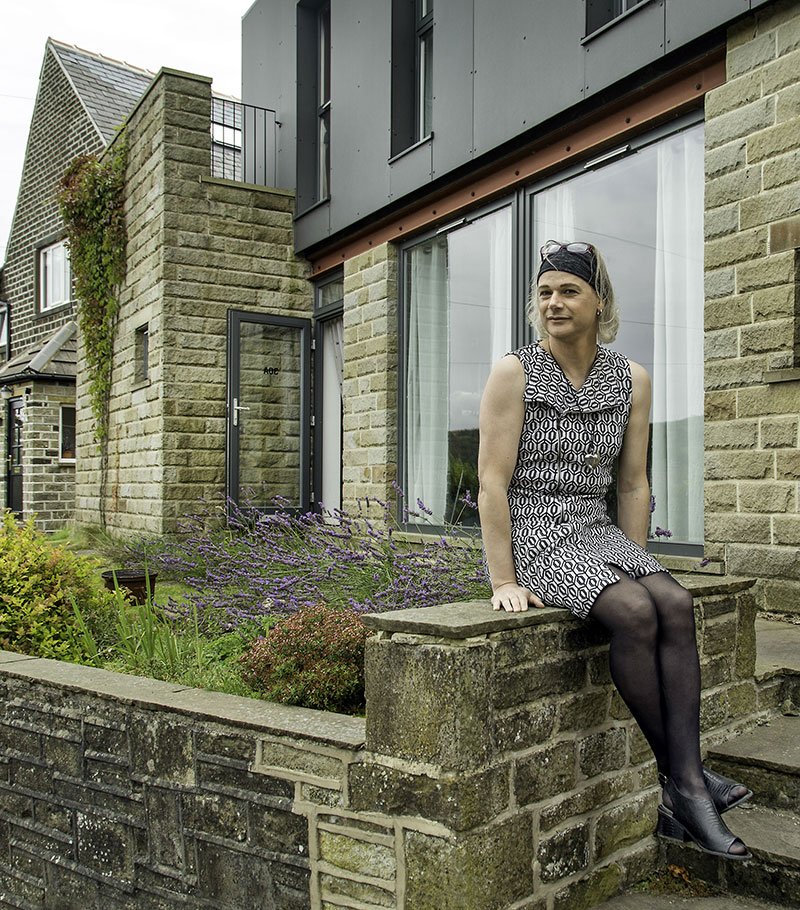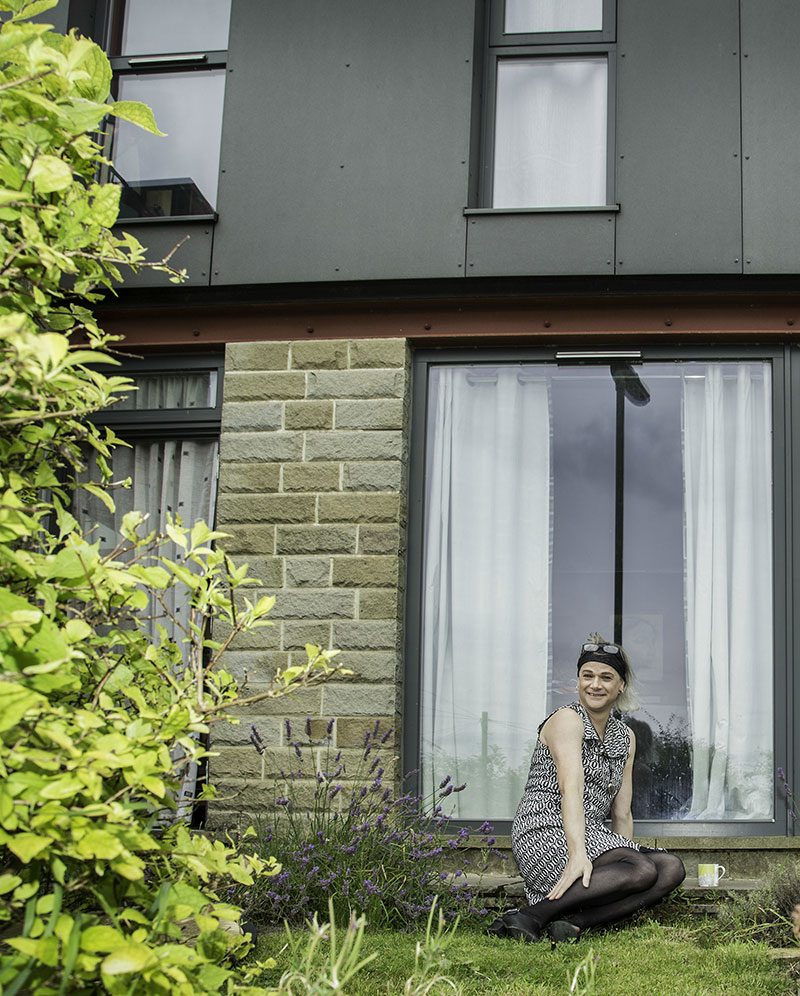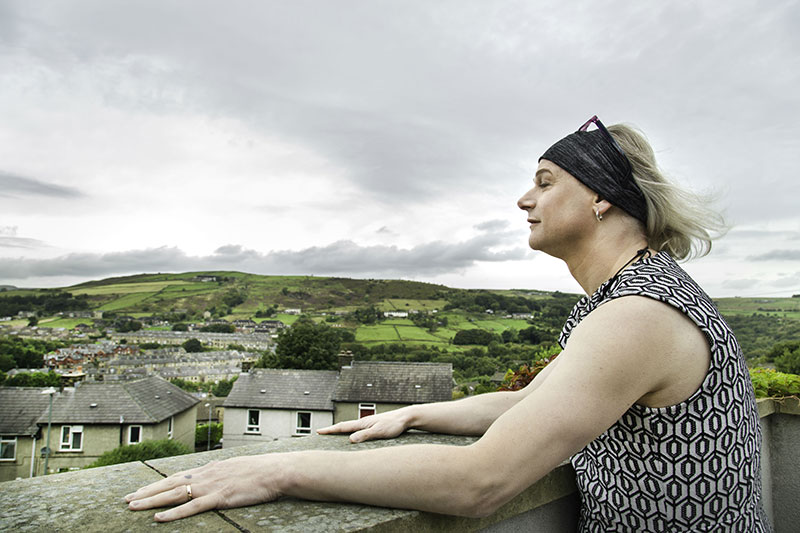RIBA Role Model: Danni Kerr
True role models are those who possess the qualities that we would like to have, and those who have affected us in a way that makes us want to be better people.
The RIBA launched the role model project in 2015. The project identified 12 role models who explained how they have been able to forge careers within architecture.
Two years on from the launch of the project, read how the 12 role models provide examples of the different ways in which it is possible to be successful, how they have challenged stereotypes and suggest ways of navigating the inevitable highs and lows of a competitive career.
Danni's story
I do an eclectic mix of things, I describe myself as an architect and a teacher. What’s most important to me is that I am able to be myself, be a person, be a professional. It’s only very recently that I’ve been much more of an activist as a transgender person, because I’ve needed to speak out. As a transgender person, my visibility is my strength as a role model.
The architecture profession and higher education institutes have made a lot of progress when it comes to accepting and supporting LGBT+ people, but there’s still a lot of work to do. Since becoming a RIBA Role Model, I’ve found that some of the bigger institutions tend to pay a bit of lip service – they go through a box-ticking exercise because it’s important to be seen to be inclusive as part of their branding, but that doesn’t necessarily filter down to the ground – the same old behaviours are there.
The RIBA’s approach to role models was genuine. I realised I could do a lot and it is a privilege being a RIBA Role Model, I’ve been growing into the role.

To change things at the ground level, it takes people like me to speak out and I’ve realised what a responsibility I’ve got. I didn’t realise that was the position I was in. I found I was recognised, I was known, people were prepared to listen to me.
The idea is that I’m seen doing what I do, there are a lot of occasions where that doesn’t happen. It’s so easy for people making decisions to take the easy route – if my presence makes things a bit tricky it’s sometimes easier for people just to skirt around it. It’s not that I’m seeing people as unpleasant or prejudiced, but what I have to do is not really allow people to take the easy route.
It is vitally important that principles of inclusivity filter positively throughout an organisation – otherwise, the same old behaviours will continue. All organisations can learn from the RIBA’s position that ‘Architecture is for all’, not only because it is the right thing to do but because diversity in our creative profession brings essential perspectives into the architecture debate from which we all benefit.
If we’ve got diversity in the profession, more perspective is brought into the debate about architecture.

I’ve still found myself marginalised, not just because I am transgender but because of where I am in terms of my professional development. What I’ve realised is that a marginalised position is somewhere you can speak very boldly from, because you’ve got less to lose. I have been campaigning on the value of practising architects teaching in higher education to bring balance to the academic only perspective. I’ve got to be able to speak out on the quality of education in architecture, I’ve got to be able to speak out about inclusivity. I won’t shy away from it, but at the same time, I’ve got to be measured. The code of conduct as a professional guides me – we have a code of ethics.
Teaching is entirely what I’m geared to do, that’s my tribe. As an RIBA Architecture Ambassador, I've had the opportunity to work with school children across age groups. The fact that you’re an architect and you’re doing something creative with them that they don’t normally get to do is a positive thing - it gives them an opportunity to show that they can do things that maybe they didn’t believe that they could. It expands their horizons.
If I were to give any advice to an early secondary school age student who wanted to be an architect, I would say: choose a good balance of A-Levels, so that you’ve got a mixture of technical, humanities and creative arts. Then look for a good school of architecture – there are plenty around! I always say choose one of the Yorkshire ones – they’ve got such a great collection.

In my PhD I’m looking at architecture and time from an educational point of view - getting students to look at the time dimension as naturally as they think about space.
Since 2013, things have changed a lot for me personally – just coming out is a process. Now I’m totally and utterly out, which is wonderful.
I’ve achieved far more than I ever thought I would. I’m in my own house, which I designed myself – that’s every architect’s dream. I design course materials and I’m quite good at it, so I’d like to be a course leader – that would be wonderful. I don’t think I could ask for more than that.






